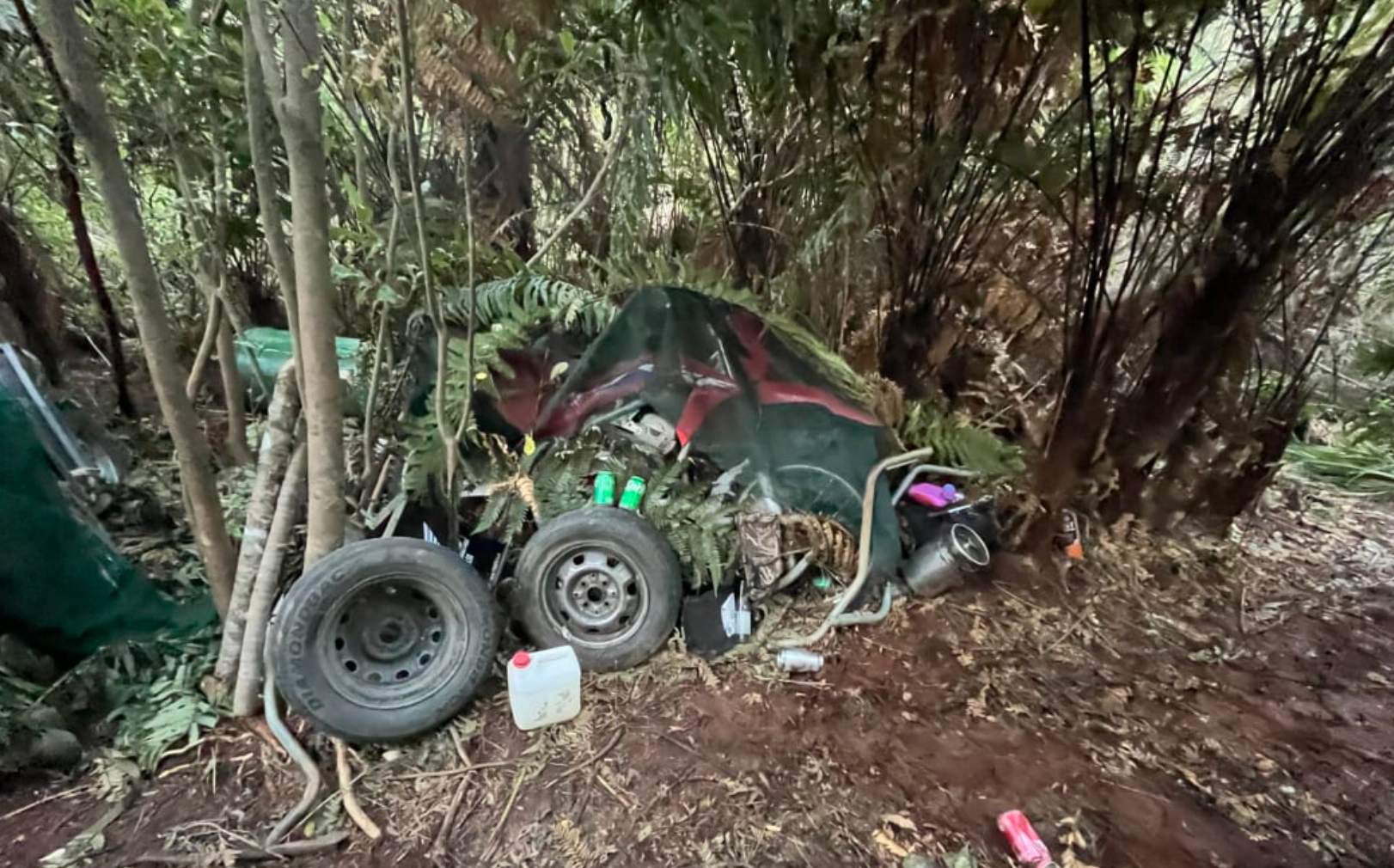By Sajid Mahmood
Copyright brecorder

Since independence the Pakistan Central Cotton Committee (PCCC) has been the country’s premier institution for cotton research and development. For decades it provided a well-coordinated national research framework that supported one of Pakistan’s most vital crops.
Cotton not only powered the textile industry but also contributed substantially to employment and foreign exchange earnings. Yet despite its central role the institutional foundation that sustained cotton research has been systematically eroded. The decline of cotton production in Pakistan is not the result of a single factor; it is the outcome of deliberate neglect weak policy choices and vested interests undermining the very system built to protect this strategic crop.
The first major setback came with the suspension of the cotton cess, which served as the backbone of research funding. Without this financial lifeline, laboratories’ field trials and extension services were starved of resources. The cess had enabled scientists to innovate and farmers to receive timely guidance but once discontinued research and development was left without sustainable funding.
Compounding the crisis was the removal of critical forums such as the Cotton Crop Management Group from PCCC’s research structure. These platforms were handed over to entities with little or no direct connection to cotton research or the field level challenges of farmers. This severed the vital link between scientific research and agricultural practice, leaving farmers without the timely evidence based advice they relied upon. Other subcommittees within PCCC also suffered unable to operate at their full capacity. As a result, important research decisions were delayed weakening the national framework for cotton development.
Another blow to PCCC came from repeated administrative shifts. The institution was placed under various ministries over the years, diluting its focus and weakening its capacity to function as a stable independent research body. This constant reshuffling created administrative instability and diverted attention from long term research goals.
Equally damaging was the failure to recruit and promote new scientists. For years appointments were frozen even as senior researchers retired one after another. This created a vacuum where decades of accumulated knowledge and expertise could not be passed on to a younger generation. The break in continuity was devastating. Valuable experience methodologies and insights that should have formed the backbone of new innovation were lost, severely undermining the future of cotton research.
At the same time, vested commercial interests actively worked against the national research framework. Rather than strengthening public research some groups sought to advance their private seed businesses. Backed by powerful circles they aligned with elements inside and outside the institution whose priorities were personal profit rather than national interest. This alliance weakened the research structure diverting energy and resources away from innovation. The result was predictable; national research was sacrificed to serve narrow commercial interests accelerating the decline of cotton.
All of this unfolded at a time when PCCC’s system was functioning effectively and Pakistan was counted among the world’s leading cotton producing countries. For self-serving groups, however, the institution’s success became intolerable. They placed personal and group interests above the national good dismantling a structure that was critical to the economy. The result was a turning point: cotton production began to fall steadily, research weakened, technology transfer slowed and farmers found themselves without the support they once relied upon.
Today’s crisis in cotton is the logical consequence of that institutional weakening. The way forward requires bold corrective measures. The Cabinet Division’s decision to merge PCCC with the Pakistan Agricultural Research Council (PARC) must be implemented without further delay.
Scheduled for completion by June 30 2025 the merger offers a chance to consolidate resources eliminate duplication and create a unified national research system. Such a system could pave the way for sustainable development not only in cotton but in other major crops as well. The merger is a wise step by the government and the Ministry of National Food Security and Research but its success depends on swift and decisive execution.
Equally urgent is the resolution of outstanding cotton cess payments. These funds are essential for restoring research capacity and reviving cotton production. Delays in both the merger process and the clearance of cess arrears will further obstruct research efforts and prolong the crisis.
The story of cotton in Pakistan is not merely about a crop; it is about the sustainability of an entire sector that underpins the national economy. The erosion of PCCC represents more than institutional decline; it reflects a failure to safeguard a crop that feeds into livelihoods exports and industrial competitiveness. If corrective measures are not taken urgently the consequences will continue to ripple through the economy, deepening dependence on imports and undermining farmer confidence.
Pakistan still has the potential to reclaim its position among the world’s leading cotton producers. But doing so requires a clear recognition of past mistakes and a commitment to strengthening research technology transfer and farmer support. Rebuilding trust in institutions like PCCC, ensuring timely funding, and insulating research from vested interests are essential steps toward revival.
The decline of cotton began when the chain of research was broken. Its revival will only come when that chain is restored with strong institutions dedicated scientists and policies that place national interest above personal gain.
Copyright Business Recorder, 2025



